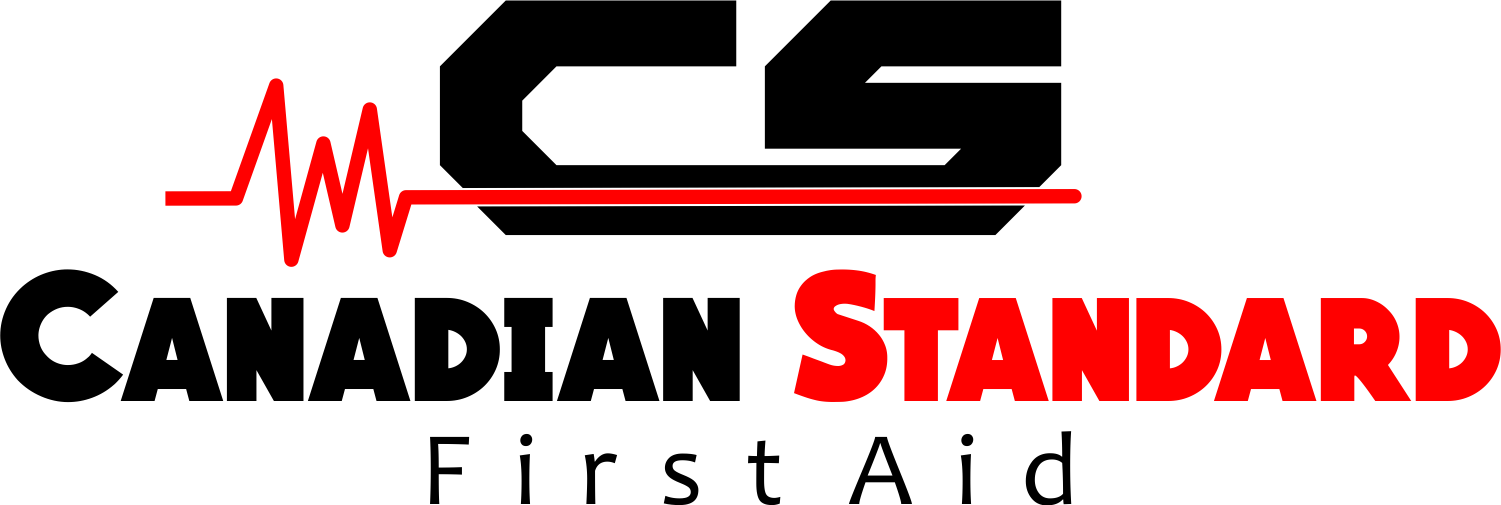
Certification
Standard First Aid

Standard First Aid provides comprehensive training covering all aspects of first aid and CPR. This course is for those who want an in-depth understanding of first aid such as: medical/legal aspects, spinal injuries, environmental injuries, bone and joint injuries, abdominal and chest injuries, burns, and medical emergencies. Includes CPR-C and AED certification.
Ideal Candidate(s): Anyone who requires a government approved first aid certificate
Prerequisite(s): None
Certification Currency: 3 years from the date of certification
Recertification: Attend Lifesaving Standard First Aid Re-certification course within the three (3) year currency period
Skills and Knowledge 
- Through practical activities wherever possible, demonstrate an understanding of the goals of first aid.
- Through practical activities wherever possible, demonstrate an understanding of the legal implications of providing first aid treatment.
- Through practical activities wherever possible, demonstrate an understanding of the principles of universal precautions, including barrier devices, hand washing, and use of gloves.
- Through practical activities wherever possible, demonstrate an understanding of the anatomy and physiology of the ABC priorities.
- Demonstrate primary assessment of a victim including:
- scene survey
- level of consciousness
- airway, breathing, circulation
- major bleeding
- mechanism of injury
Demonstrate secondary assessment of a victim including:
- vital signs
- head-to-toe examination
- history
- Demonstrate one-rescuer adult, child and infant cardiopulmonary resuscitation on a manikin and how to use an AED.
- Simulate the treatment of:
- conscious adult, child or infant with an obstructed airway
- complications: a pregnant woman and/or person who is obese
- Simulate the treatment of an unconscious adult, child or infant with an obstructed airway.
- Demonstrate the effective direction of bystanders to activate EMS.
- Demonstrate the recognition and care of a victim suffering from the following respiratory emergencies:
- hyperventilation
- asthma
- Demonstrate the recognition and care of a victim suffering from:
- shock
- heart attack or angina
- external bleeding
- stroke / transient ischemic attack
- Demonstrate the recognition and care of a victim suffering from:
- abdominal injury
- burn injury
- facial injury
- Demonstrate the recognition and care of an unconscious victim. Victim types should include fainting.
- Demonstrate two-rescuer adult, child and infant cardiopulmonary resuscitation on a manikin.
- Demonstrate the recognition and care of a victim with a suspected spinal injury on land.
- Demonstrate the recognition and care of a victim suffering from:
- heat cramps, heat exhaustion, and heat stroke
- hypothermia and frostbite
- Demonstrate the recognition and care of a bone or joint injury.
- Demonstrate the recognition and care of a chest injury.
- Demonstrate the recognition and care of a head injury.
- Demonstrate the recognition and care of a seizure victim.
- Demonstrate the recognition and care of a diabetic emergency.
- Demonstrate the recognition and care of a victim suffering from suspected poisoning.
- Demonstrate an understanding of the effects of stress on victims, rescuers, and bystanders, as well as the consequences of an unsuccessful rescue.






